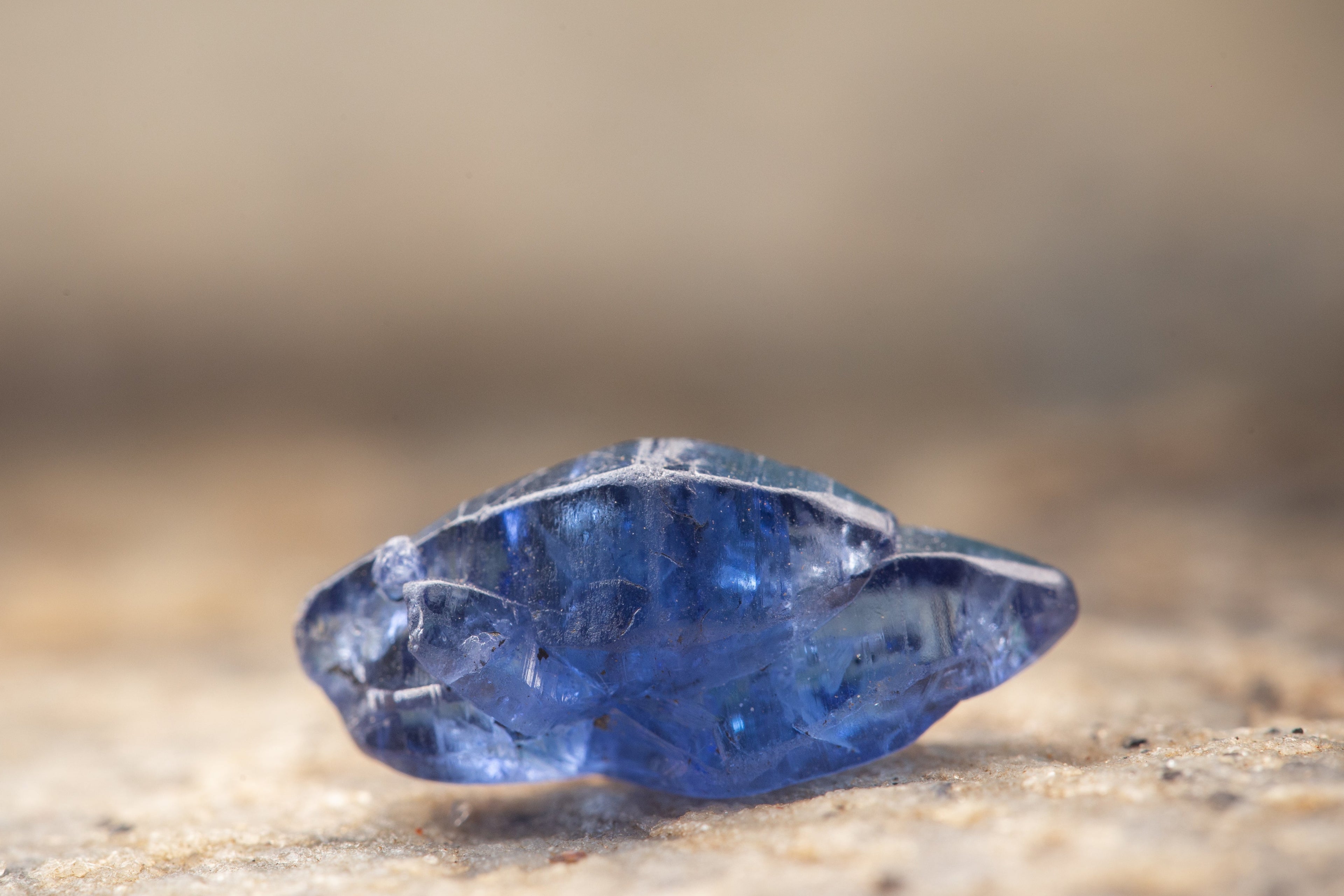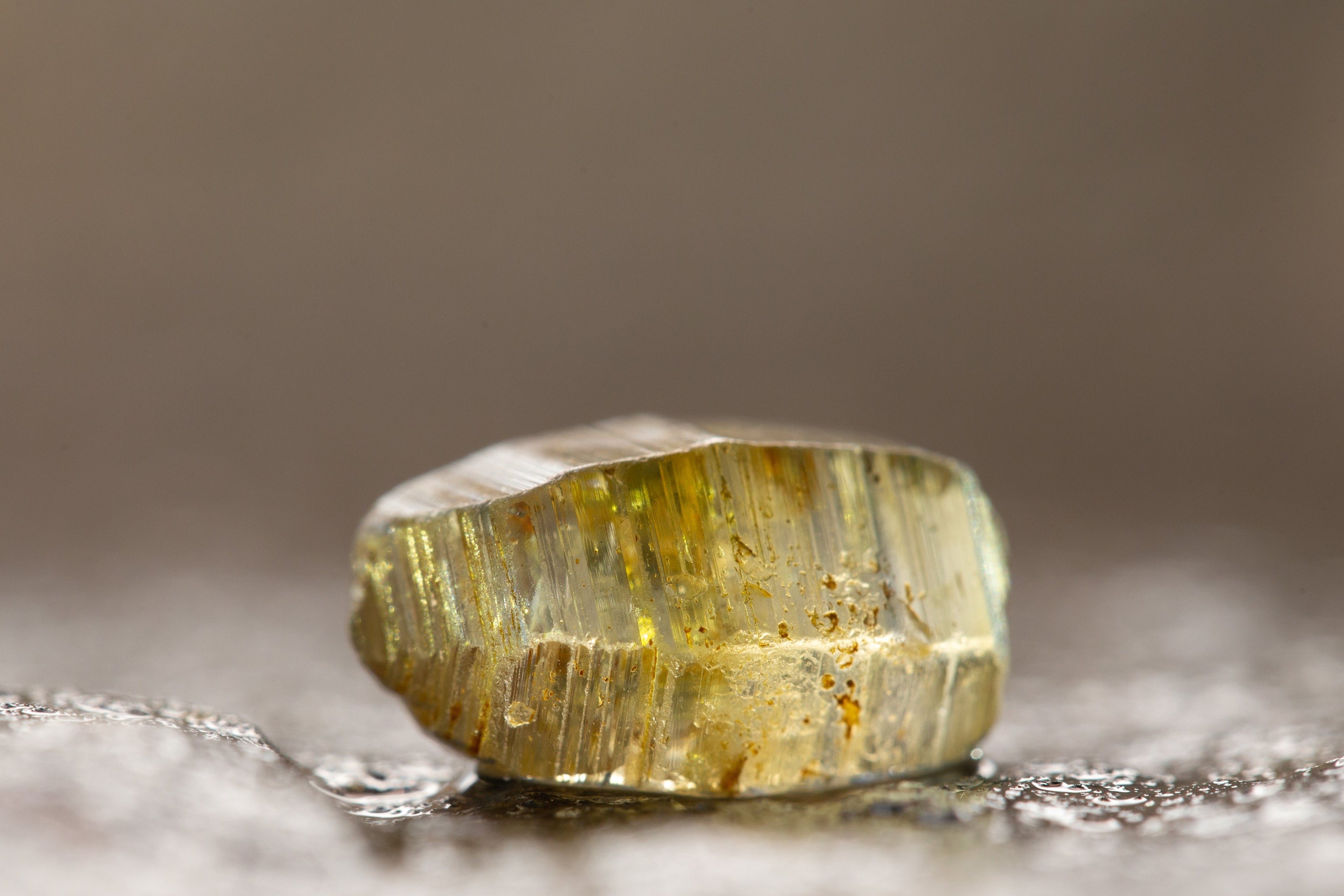FAQ
About Sapphires
Why Sri Lankan Sapphires?
Sri Lankan or Ceylon produces the finest quality sapphire available in the market today where sapphires have been mined for over 2,000 years, and it’s easy to see why they’re so highly valued.
With a rating of 9 on the Mohs hardness scale, 1 below diamonds, they're the perfect stone for engagement rings or jewellery which might sustain damage from everyday wear.
The most popular sapphires coming from the Island are the blue sapphires, ranging from a typical medium water-blue to cornflower blue or vivid blue, being some of the best hues, especially in the northern hemisphere light. However a whole range of colours can be found in Sri Lanka, such as pink, yellow and white.
Sri Lankan sapphires have a sense of authenticity and traceability, as they come from well-known mining areas on the island. It’s this combination of stunning colour, clarity, and rich history that makes Sri Lankan sapphires so desirable.
Sapphire or Diamond?
Sapphires and diamonds are both exceptional gemstones, celebrated for
their beauty, durability, and timeless appeal. While diamonds are prized for
their brilliance and clarity, sapphires offer a distinctive charm and
versatility. We believe sapphires offer unique qualities, including a broad and
varied spectrum of colors, distinctive natural inclusions, and diverse cuts,
making each stone truly one-of-a-kind. While the diamond industry currently
faces challenges with synthetic stones impacting pricing and authenticity,
natural sapphires have consistently stood the test of time alongside the
decades old and well established synthetic sapphire market, where natural
sapphires have remained visually distinct, maintaining their desirability,
value, and traceability. We believe however that jewelry featuring both
sapphires and diamonds beautifully complements each other, with the rich hues
of sapphires enhancing the sparkle of diamonds, resulting in a stunning,
balanced design that appeals to a wide range of tastes.
What are Inclusions?
While diamonds are prized for their clarity, inclusions are a natural and expected feature in all gemstones due to their crystal formation process. Even when not visible to the naked eye, play a significant role in making each sapphire unique. All naturally occurring sapphires contain some form of inclusion, but the fewer the inclusions, the more valuable the stone. These natural imperfections act as fingerprints for the gemstone, providing valuable clues about its origin and journey. They help with traceability, ownership, and authenticity, a sort of fingerprint for your specific sapphire, ensuring that a sapphire can be identified and verified over time, making it a one-of-a-kind gem.
A sapphire without inclusions is often regarded with suspicion, as they are likely to be a synthetic or a glass imitation.
What is heat treatment?
The majority of sapphires on the market, around 90-95%, undergo heat treatment to enhance their colour and clarity. This process involves heating the stones to high temperatures, which can improve their appearance by removing impurities or intensifying their hues. While heat-treated sapphires are still considered natural gemstones, those that remain unheated are much rarer and hold a significantly higher value due to their natural state and untouched beauty. Unheated sapphires are prized for their authenticity and are often considered more desirable by collectors and connoisseurs.
Purchasing Sapphires
Can I view the Sapphires in person?
Please do contact us if you wish to view any of our loose sapphires in person. We know your purchase is an important one and understand you might want to see the sapphire in person first. For specific stones we are able to do in person viewings in the London area.
How are Sapphires priced?
Unlike diamonds, the carat weight of a sapphire isn't the primary factor in
determining its price. Instead, the overall appearance of the sapphire plays a more significant role. This is, in our opinion, what makes sapphires so fascinating.
The following are key factors that influence sapphire pricing, commonly referred to as the "4 Cs":
Color – The gemstone's color should be vibrant and
evenly distributed, allowing light to pass through and create a beautiful
sparkle. This unique characteristic gives each sapphire its distinctiveness.
Clarity – Clarity refers to the number of inclusions
visible to the naked eye. The fewer inclusions, the higher the clarity, and
consequently, the higher the price. All naturally occurring gems have some
inclusions, but those with fewer are more valuable.
Cut – The quality of the cut significantly
impacts the gemstone's price. A well-executed cut gives the sapphire its final
shape, requiring expert craftsmanship and contributing to its higher value.
Carat Weight – A gemstone’s weight is
measured in carats. As carat weight increases, the per-carat price of the
sapphire typically rises as well.
How are Sapphires graded?
Sapphires lack a standardized global clarity grading system.
While some sapphires can appear "eye-clean" (meaning no inclusions are visible to the naked eye), most natural sapphires do contain inclusions, which are considered natural characteristics and not necessarily flaws.
Our sapphires are graded in the below format:
Eye-Clean: This is the highest clarity grade for sapphires, meaning no inclusions are visible to the naked eye.
VVS (Very Very Slightly Included):These sapphires have very, very small inclusions that are difficult to see even under 10x magnification, and they typically appear eye-clean.
VS (Very Slightly Included):These sapphires have minor inclusions that are clearly visible under 10x magnification, but they might be difficult to see with the naked eye.
SI (Slightly Included):These sapphires have noticeable inclusions that are easy to observe under 10x magnification, and some may be visible to the naked eye.
I (Included):These sapphires have obvious inclusions that are easily visible under 10x magnification and may affect transparency and brilliance.
Certification reports will also highlight any inclusions on the sapphire.
Image Reference Quality
How are the sapphires certified?
We only sell natural sapphires from Sri Lanka. All our loose sapphires come certified by Ceylon Gemmological Services, guaranteeing authenticity. This will come in the form of a certificate on delivery of the sapphire. Certain stones may include extra certification by GIA or SSEF Switzerland, this will be highlighted in the description of the loose sapphire. Please do contact us if you wish to discuss any certifications.
When should I begin looking for a Sapphire for an engagement ring?
We understand that purchasing a sapphire, for an engagement ring to propose is a significant moment in some ones life, so it's important that you are completely happy with the stone and ring. We would advise to give at least 4 months from buying a stone from our website - and getting it mounted on to a custom ring. We can put you in touch with our trusted jewellers who can help make your idea a reality.
If we do not have the perfect sapphire in stock, please do get in touch and we can try to source a stone for you according to your wishes. Sapphires are rare and unique, so we would advise getting in touch up to 6 months in advance to give enough time for us to speak to our contacts to source the right sapphire for you.
How long will delivery take?
We aim to get you your purchase within 7-10 working days.
For some specific rare or high value items we will have extra certifications done by either GIA or SSEF prior to delivery, which could take a further 3-4 days.
To make sure your purchase arrives to you safely, insured shipping is always included.
We can deliver worldwide, with Fedex being our preferred international delivery provider. Please see our shipping policy in regard to import duties and taxes.
What size sapphire is best for an engagement ring?
For a sapphire engagement ring, a popular size range isbetween 1 and 2 carats, but the ideal carat weight depends on personal preference, finger size, and the overall ring design.
Princess Diana's famous Blue Engagement Ring was 12 carats!
Larger sapphires can look more prominent on smaller fingers, while smaller sapphires might appear less noticeable on larger fingers. Choosing the right proportion ensures a well-balanced and flattering appearance.
Different shapes—such as round, oval, or cushion—can make a sapphire appear larger or smaller even at the same carat weight. Elongated shapes like oval and pear may appear bigger than round or cushion-cut stones of the same weight.
The setting and surrounding metalwork play a big role in how the sapphire appears. A halo setting can make the stone look larger, while a solitaire setting keeps the focus on the sapphire itself.
Sapphires tend to be heavier than diamonds, so a 1-carat sapphire might appear slightly smaller than a 1-carat diamond.


